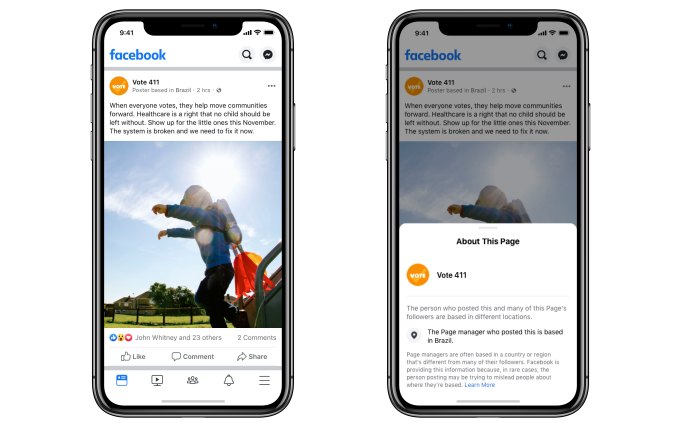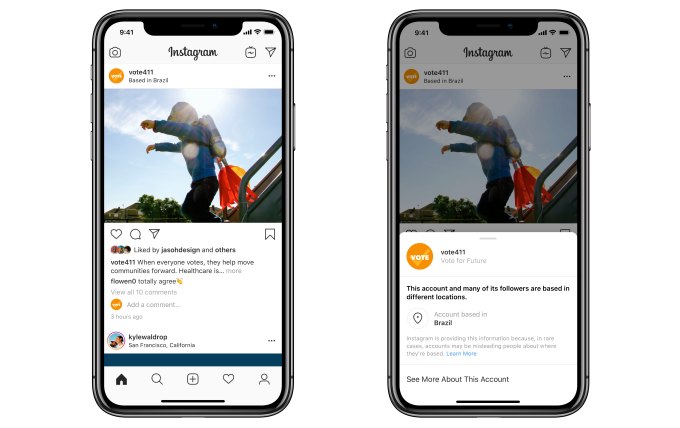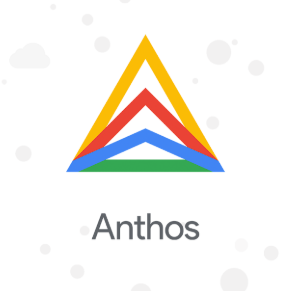Columbia University’s Mailman School of Public Health has released updated projections of when we can expect U.S. case numbers of COVID-19 infections to peak and decline, based on different levels of social distancing measures. The updated projects, which take into account the most recent information, show that with around a 30 percent decrease in social contact we could be nearing a national peak of new cases for now by the end of April – but that if you decrease social contact by just 20 percent, the picture changes drastically, with a late peak that extends into mid-May and grows the number of new daily cases to as many as 30,000.
The Columbia projections are used to advise the White House Coronavirus Task Force, the Centers for Disease Control and Prevention (CDC), New York City and many other governments across the U.S. These updated projections also note that while we may hit a peak in the coming days, that also means that hospital and ICU capacity will be at their max in the same period. Again, Columbia researchers note, too, that this info doesn’t take into account local variances in when peaks arrive, and that some areas could have different peaks at different times even with a consistent 30 percent social contact reduction.
The model developed by the Columbia research team includes transmission and fatality numbers, movement by populations across city and state lines, and information like the capacity of emergency field hospitals, all info that was not available when the original modelling was done. You can take a look at the interactive graphs and daily estimates resulting from the model yourself here via Columbia’s website.
This is one of a number of recent updated projections from public health experts, epidemiologists and medical researchers that predict the impact of a relaxation of social distancing measures now could have disastrous consequences in terms of prolonging and worsening the spread of COVID-19, and also on taxing healthcare resources (not to mention frontline workers).
MIT also projected a similar impact from the relaxation of measures currently in place, predicting an “exponential explosion” would result. Meanwhile, some states are already implementing such restriction relaxations, despite consensus from informed experts and researchers indicating it’s too early to begin such rollbacks.





